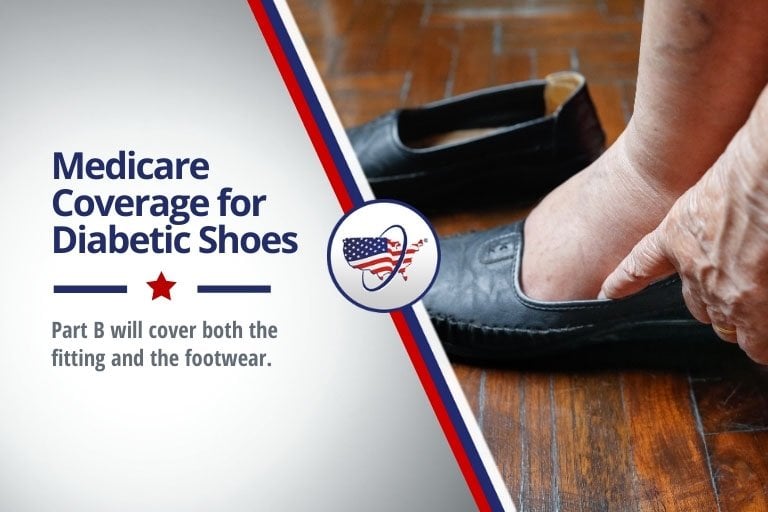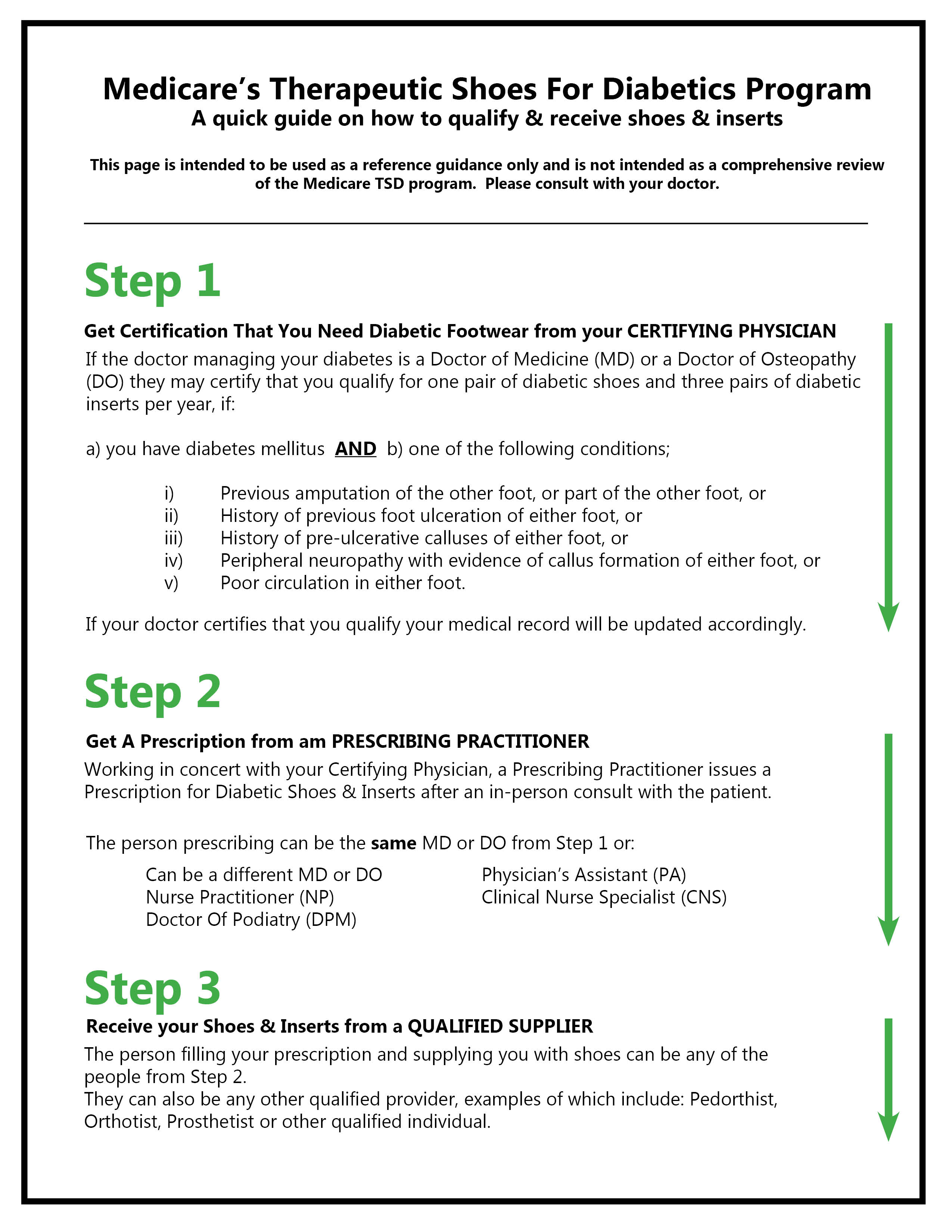For those managing diabetes, proper footwear is not merely a luxury; it’s a necessity. Wearing the right shoes can prevent complications and promote healthy feet. But a question often arises: Does Medicare pay for diabetic shoes? This question can lead many to seek answers about their healthcare coverage and footwear options. In this comprehensive article, we will explore Medicare coverage for diabetic shoes, the requirements for getting them covered, and tips for selecting the right footwear.
Understanding Medicare Coverage for Diabetic Shoes
Medicare provides coverage for diabetic shoes under specific conditions. Understanding these conditions is crucial for beneficiaries who need specialized footwear. Here’s what you need to know:
What are Diabetic Shoes?
Diabetic shoes are specially designed footwear that offers additional support and protection for individuals with diabetes. They are created to reduce the risk of foot problems, including ulcers and infections. The shoes often feature:
- Extra depth to accommodate foot deformities
- Removable insoles for custom orthotics
- A wide toe box to prevent pressure points
- Soft materials to minimize friction

Criteria for Medicare Coverage
Medicare typically covers diabetic shoes, but specific criteria must be met:

- Patients must have diabetes and require therapeutic shoes due to complications.
- Patients need to have a doctor’s prescription detailing the medical necessity.
- The prescribing physician must specialize in treating diabetes-related conditions.
The Role of Podiatrists and Orthopedic Specialists

Doctors generally need to document the necessity of diabetic shoes due to conditions like neuropathy or previous foot ulcers. Podiatrists and orthopedic specialists play an essential role in this process, helping patients navigate their needs effectively.
How to Obtain Medicare-Covered Diabetic Shoes

Obtaining diabetic shoes through Medicare involves several steps:
1. Consultation with Your Healthcare Provider

The first step is to consult your healthcare provider. They will conduct a thorough evaluation of your foot health and determine if diabetic shoes are necessary. This evaluation typically includes:
- Assessment of foot structure and any deformities
- Evaluation of circulation and sensation in the feet
- History of foot ulcers or other complications
2. Getting a Prescription

If your healthcare provider determines that you need diabetic shoes, they will write a prescription. This prescription must specify:
- The type of shoes required (e.g., custom or off-the-shelf)
- The number of pairs needed (usually one pair of shoes and a pair of inserts per calendar year)
3. Choosing a Medicare-Approved Supplier

Next, you’ll need to choose a supplier that is approved by Medicare. This is vital since not all suppliers may accept Medicare coverage. You can search for a supplier through the Medicare website or contact your local Medicare office for a list of approved providers.
4. Fitting and Purchase

Once you select a supplier, you will go for a fitting. The fitter will measure your feet and help you choose the right shoes. Ensure that you try on the shoes with the socks you typically wear to guarantee a proper fit.
Cost Considerations: What Will You Pay?
While Medicare covers a significant portion of the costs associated with diabetic shoes, some out-of-pocket expenses might still be necessary. Here’s a breakdown of potential costs:
| Item | Medicare Coverage | Patient Responsibility |
|---|---|---|
| Diabetic Shoes | 80% of the approved amount | 20% coinsurance |
| Custom Inserts | 80% of the approved amount | 20% coinsurance |
| Fitting Fee | Varies | Varies by provider |
Visit the official Medicare website for more detailed information about coverage.
Successful Product Highlights in the U.S. Market
Below are some leading brands and models of diabetic shoes that have received acclaim in the U.S. footwear market:
Top Diabetic Shoe Brands
- Skechers – Known for their comfort and style, Skechers offers a range of diabetic-friendly shoes.
- New Balance – This brand provides several models designed specifically for diabetic foot health.
- Propet – Offers a variety of shoes with customizable fits and styles.
Case Studies: Real-World Footwear Experiences
Let’s explore some real-world experiences of individuals who have benefited from Medicare-covered diabetic shoes:
Case Study 1: John’s Journey with Diabetic Shoes
John, a 62-year-old retiree diagnosed with diabetes, found it increasingly challenging to find comfortable shoes that catered to his foot health needs. After consulting with his podiatrist, he was prescribed diabetic shoes. The insurance process was straightforward, and John received a pair of New Balance diabetic shoes, which provided excellent support and comfort.
Case Study 2: Maria’s Transformation
Maria, a 50-year-old woman with a history of foot ulcers, struggled to find shoes that accommodated her specific needs. Thanks to her podiatrist’s intervention and Medicare coverage, she received diabetic shoes from Propet. Post-purchase, Maria reported a significant decrease in foot pain, allowing her to enjoy daily activities without discomfort.
Pros and Cons of Medicare-Covered Diabetic Shoes
Pros
- Financial Assistance: Medicare coverage reduces out-of-pocket costs.
- Specialized Design: Diabetic shoes are designed specifically for foot health.
- Prevent Complications: Proper footwear can help prevent serious foot issues.
Cons
- Limited Styles: Some patients may find the available styles less appealing.
- Approval Process: The process of obtaining coverage can be lengthy.
- Potential Fit Issues: Not all suppliers may have the right fit for every individual.
Tips for Choosing the Right Diabetic Shoes
Selecting the right diabetic shoes is crucial for both comfort and health. Here are some tips:
1. Get Professionally Fitted
Always get your shoes fitted by a professional who understands diabetic footwear. Proper fitting can prevent discomfort and foot problems.
2. Look for Cushioned Insoles
Choose shoes with cushioned insoles that provide arch support and distribute weight evenly across the foot.
3. Choose Breathable Materials
Opt for shoes made from breathable materials to keep your feet dry and prevent moisture buildup, reducing the risk of fungal infections.
4. Consider Adjustable Features
Look for shoes with adjustable straps or laces that can accommodate swelling or changes in foot size throughout the day.
Frequently Asked Questions (FAQs)
1. Does Medicare cover all types of diabetic shoes?
Medicare covers therapeutic shoes that meet specific criteria, typically one pair of shoes and inserts per calendar year.
2. How do I find a Medicare-approved supplier for diabetic shoes?
You can search for approved suppliers on the official Medicare website or call your local Medicare office for assistance.
3. What types of diabetic shoes are available?
There are many types of diabetic shoes, including custom shoes, off-the-shelf shoes, and inserts designed for comfort and support.
4. Can I choose any brand when getting diabetic shoes?
You can choose from any brand that is covered under Medicare when working with an approved supplier.
5. Do I need a prescription for diabetic shoes?
Yes, a prescription from a qualified healthcare provider is required to obtain Medicare-covered diabetic shoes.
6. Can I get diabetic shoes if I don’t have any complications?
Medicare primarily covers shoes for individuals with documented diabetes complications. However, consult your provider for personalized advice.
7. How often can I get new diabetic shoes covered by Medicare?
Medicare typically covers one pair of diabetic shoes and a pair of inserts per calendar year.
8. Are custom shoes better than off-the-shelf options?
Custom shoes can provide a better fit and support for individuals with unique foot shapes or severe complications, but off-the-shelf options can also be effective for many users.
9. How do I care for my diabetic shoes?
Regularly inspect your diabetic shoes for wear and tear, clean them according to the manufacturer’s instructions, and replace them as needed.
Conclusion
When it comes to managing diabetes, proper footwear is a vital component of care. Understanding Medicare’s coverage for diabetic shoes can empower beneficiaries to make informed choices about their health and comfort. By consulting healthcare professionals, following the steps outlined in this article, and choosing the right products, individuals with diabetes can ensure they maintain healthy feet and a high quality of life.